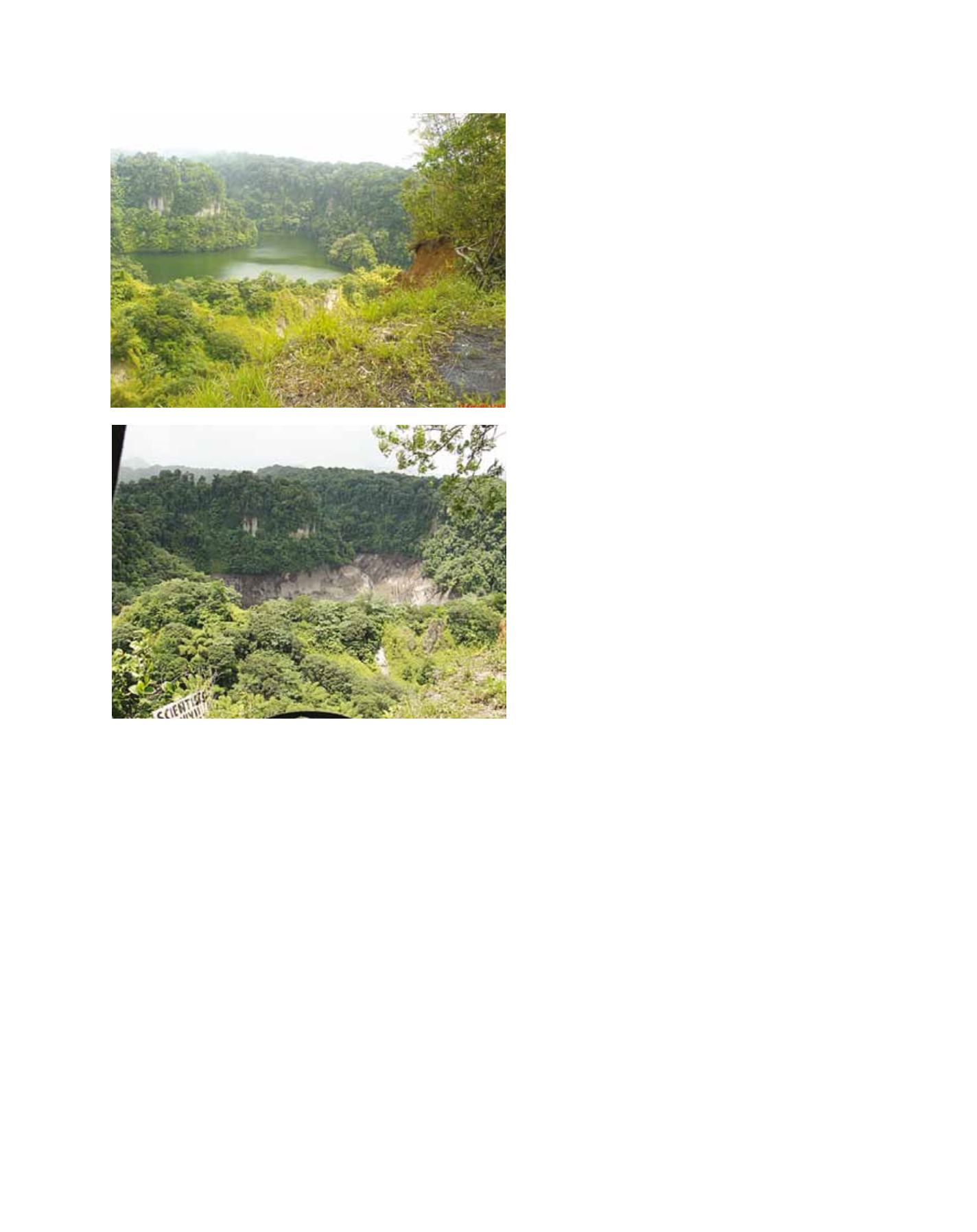

[
] 150
D
isaster
R
isk
R
eduction
growing national populations well into the future will
require among other things stable economic growth
with few economic shocks such as those caused by
natural disasters.
Recent examples of weather and climate impacts
in the Caribbean
Losses associated with climate related disasters in the
English-speaking Caribbean can be extremely high and
in extreme cases exceed the national Gross Domestic
Product (GDP). For example, Hurricane Ivan in 2004
resulted in estimated financial losses on Grenada of
approximately 200 per cent of national GDP. A signif-
icant amount of this damage was due to high winds
causing damage to the housing stock, agriculture and
infrastructure. The passage of Hurricane Tomas over
Saint Lucia in October 2010 caused financial losses of
approximately US$600 million (approximately two-
thirds of the national GDP). Much of the estimated
losses were due to the extreme nature of the rainfall
associated with the system, with recorded rainfalls at
some locations in excess of 24 inches over a 24-hour
period. CIMH estimated the return period for this rain-
fall event to be greater than 180 years at some stations.
The extreme nature of the rainfall was not captured in
forecasts prior to the event and, as a result, the inherent
risks to the population and the infrastructure were not
fully assessed. The event caused significant impacts to
the John Compton Reservoir and associated distribu-
tion network which accounts for approximately 70 per
cent of the water consumed on the island. The event
exposed significant risks inherent in the water distribu-
tion system on the island.
While tropical storms inflict significant losses on
communities in the English-speaking Caribbean,
highly localized systems have caused significant damage
on some islands. On 12 April 2011, a poorly-forecast
localized rainfall event produced in excess of 200mm of
rainfall (with a peak 1-hour rainfall of 100mm) over the
mountainous terrain of northeast St. Vincent. The flash
flooding and landslides caused by the event inflicted
significant damage to the road and water networks
and the marine environment. The damage caused by
this event was approximately US$10 million. This
coming on the heels of the significant financial losses
(approximately US$90 million) inflicted on the island
by Tropical Storm Tomas six months earlier. Similar
events have also been experienced in other islands in
the English-speaking Caribbean.
In the late 1990s, a series of large landslides in western
Dominica dammed the Matthieu River to produce
‘Miracle Lake’. The formed lake and dam were peri-
odically, but not continuously, monitored. Early in the
morning of 28 August 2011, following several months
of above average rainfall over the island, the dam under-
went catastrophic failure releasing all of the stored
water and resulting in massive sediment and debris
flows in the downstream Layou River. This resulted in
significant impacts to businesses and residents down-
support from governments is not forth coming. As a result, innova-
tive approaches to sharing and utilizing the scarce human resources
in the region are essential.
Many English-speaking countries in the Caribbean have signifi-
cant coastal infrastructure that is prone to flooding and storm
surge. Flash flooding is common in coastal areas due to the steep
topography of most islands. Climate dependent industries, rain-fed
agriculture, tourism and related industries are the primary foreign
exchange earners and sources of employment in most English-
speaking Caribbean. The economies of the English-speaking
Caribbean are tightly integrated through trade and common finan-
cial institutions and businesses. As a result, economic shocks in one
country can have knock-on effects in other countries.
Population growth is still occurring on many islands leading
to increasing population densities at the national level. Within
countries, there is increasing rural to urban migration leading to
increasing demands for housing, water and sanitation services
among others in urban areas. This has resulted in increasing demand
for land and has driven the settlement on marginal lands includ-
ing landslide prone slopes and floodplains. Addressing the needs of
Image: CIMH
Miracle Lake Dominica: (top) 2008 prior to the dam failure and (bottom) August
2011 following the dam failure
















